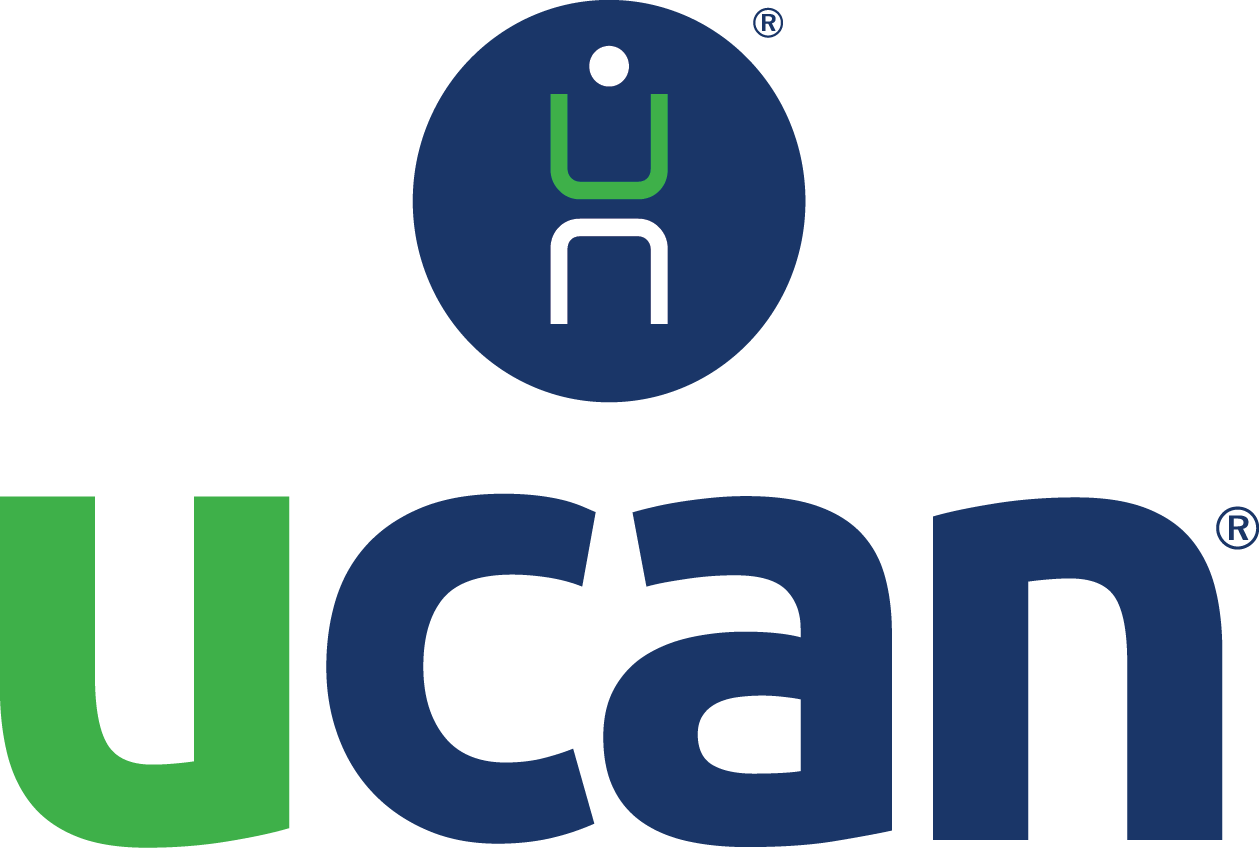About Riverbank State Park
What: Riverbank State Park is a 28-acre park built on the top of a sewage treatment facility on the Hudson River, in the New York City borough of Manhattan. The facility includes an indoor 50m Pool (open year round) and an outdoor 25m Pool (summer only – July 4th to Labor Day).
Location: 679 Riverside Dr, New York, NY 10031
Contact: (212) 694-3600
Directions: Take the 1 Train to City College – 137th Street & walk west to Riverside Drive. Bike racks are available outside of the pool if you wish to ride there. Locks are strongly encouraged.
Updated Information about Lap Swim Policy:
- The pool cashier will no longer sell tickets for cash during the morning swim session (6:30-8:15).
- Athletes must purchase a punch card OR monthly unlimited pass
- Cash or Credit Card Accepted
- Purchase at the skating rink anytime after 8am (cannot buy online or at the pool)
- Athletes must purchase a minimum of 5 days (can be refilled)
- Cost is $3/swim
- $30 for 30 day unlimited pass also available
- July 4th – Outdoor pool opens
- More sessions can be added to your card from the Skating Rink at any time.
Lap Swim Hours: The pool is open for lap swim from 6:30am-8:15am daily.
Refillable Multivisit Card
- Single visit = $3/swim – There is a 5 visit minimum upon purchasing a punch card ($15.00). After that, sessions can be added in any increment.
- 11 visit card = $30.00 (1 extra visit)
- 22 visit card = $60.00 (2 extra visits)
- 33 visit card = $90.00 (3 extra visits)
- 30 Day Unlimited Swim Pass: $30.00 – Pass is valid for 30 days from time of purchase OR the next day if purchased after 8:15am
- Visits are valid for (1) year from date of purchase
- Card can be used more than once on a daily basis
Empire Tri Club Group Meet Up Details:
Empire Tri Club members are invited to attend a group swim workout on Wednesday mornings from March – October. This is an opportunity for athletes in the club to meet up at the pool to swim together.
NOTE: this is NOT a coach-led workout, it is a group meet up! Club members can meet at the pool and follow the posted swim workout provided in Training Peaks.
- We recommend printing a copy of the workout and brining it to the pool deck
- Athletes are encouraged to wear an Empire Tri Club swim Cap or bring an Empire water bottle so that other swimmers can identify you at the pool. Shop Now
- Meet up on the pool deck or in the pool
- There is no formal “start” or “end” time for this swim workout. Athletes can drop in at any time between 6:30-8:15am to complete the workout.
- Pool policies are subject to change at any time
- Pool access is not included in the cost of membership. Rates and information about how to purchase a swim pass can be found above.
- Athletes looking for more formal swim instruction can sign up for private, semi-private or group classes. Info about Empire Tri Club swim programs can be found here: https://empiretriclub.com/swim-instruction/
- While we only coordinate 1 “group meet up” swim on our schedule, the pool at Riverbank State Park is open 7 days a week in the mornings & evenings. Athletes are encouraged to swim as often as you’d like.
- Tri Club members are welcome to coordinate meet ups at other pools as well. This can be done via our google group (by emailing the team at empiretriclub@googlegroups.com). We encourage members to use the email forum to share pool information, announce deals & specials, etc.















